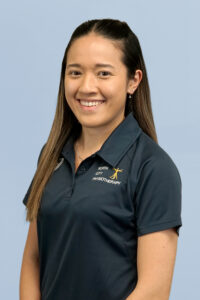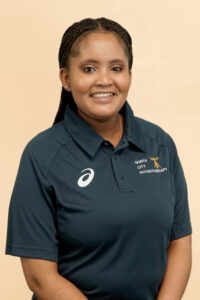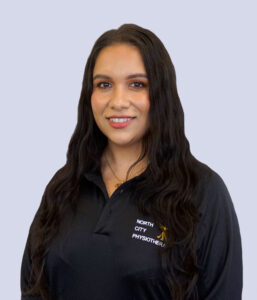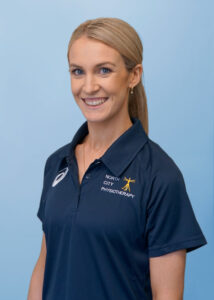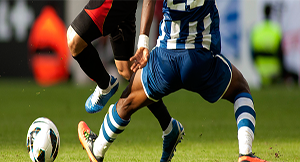
The anterior cruciate ligament (ACL) is a common injury in active individuals. Statistically females are up to five times more likely to suffer injury and ACL tears are also particularly prevalent in sports that require any pivoting or twisting such as football, netball, rugby or rugby league.
Although ACL injuries are multi-factorial and cannot be linked with any one specific cause there is recent research into preventative actions that can limit your risk of injury.
As we are heading into a new winter season of sport I thought that it would be a good time to review a few of these areas.
Learn to land well
When watching sports that require a high frequency of jumping and landing it is evident that most ACL injuries occur during the landing phase. When we land our joints are required to distribute load effectively. If our movement patterns are less than adequate then tensile forces are increased inside the knee joint which places stress on the ACL.
Improving your movement patterns, learning how to appropriately stack your joints and both load and land efficiently reduces these large tension forces inside the knee.
Improve core strength
A lot of the time a lack of strength higher up the kinetic chain can lead to poor control at the knee. A lack of trunk and pelvic control has been strongly linked with ACL injury. We frequently find that with inadequate core control the knee rotates inwards and forwards which again increases the forces distributed through the knee.
Taking the time to build up dynamic core strength and load effectively through the pelvis can mean that the knee holds better patterns when pushed on the sports field/court.
Mobilise
Possibly most important factor is the need to check your joint mobility above and below the knee. More specifically a lack of ankle dorsiflexion or full range of hip movement has been linked to knee instability, poor loading patterns and increased risk of ACL injury.
This doesn’t always mean stretching and quite often routine static stretching will miss the specificity needed to improve range at these joints. Joint mobility conditioning emphasises an understanding of what is required from individual joints when performing particular movements or actions.
In short the best thing that you can do for your prevention of ACL injures or any lower limb injury for that matter is check whether your body is prepared adequately for what you are asking it to perform.
If you would like any assistance in assessing or conditioning in any of these areas do get in touch with our team at North City Physiotherapy. We are experts in movement assessment and joint conditioning and would love the opportunity to prepare you for your upcoming season.






